Heat Advisory Resources
Submitted by Shelby Wood
As EOC of Lyme has indicated in a recent email to the Lyme Listserv (shared with permission):
The National Weather Service has issued a Heat advisory for this week
A 2-3 day stretch of hot and humid conditions is expected.
- Warm overnight low temperatures will provide little relief.
- Relief from the heat is not expected to arrive until this weekend.
High temperatures in the lower 90s combined with dew points in the lower 70s will allow heat index values to rise into the upper 90s to around 100.
Overnight temperatures Wednesday and Thursday nights will remain in the 70s providing little relief.
The highest heat index values are expected to be on Thursday.
Take care, be safe!
- Never leave children or pets alone in closed vehicles.
- Stay indoors as much as possible and limit exposure to the sun.
- Stay on the lowest floor out of the sunshine if air conditioning is not available.
- Postpone outdoor games and activities.
- Eat well-balanced, light, and regular meals. Avoid using salt tablets unless directed to do so by a physician.
- Drink plenty of water; even if you do not feel thirsty. Avoid drinks with caffeine. Persons who have epilepsy or heart, kidney, or liver disease; are on fluid-restricted diets; or have a problem with fluid retention should consult a doctor before increasing liquid intake.
- Limit intake of alcoholic beverages.
- Dress in loose-fitting, lightweight, and light-colored clothes that cover as much skin as possible. Avoid dark colors because they absorb the sun’s rays.
- Protect face and head by wearing a wide-brimmed hat.
- Avoid strenuous work during the warmest part of the day. Use a buddy system when working in extreme heat, and take frequent breaks.
- Check on family, friends, and neighbors who do not have air conditioning and who spend much of their time alone.
- Avoid extreme temperature changes.
- Pets can suffer heat-related illness too!
- Never leave pets in a parked car.
- Provide plenty of fresh, clean water.
- Have a shady place for them to get out of the sun.
- Do not over-exercise them.
- Keep them indoors when it is extremely hot.
Symptoms of Heat-related Illnesses: Heat Exhaustion
• Heavy sweating
• Weakness
• Cold, pale, and clammy skin
• Fast, weak pulse
• Nausea or vomiting
• Fainting
What You Should Do: • Move to a cooler location.
• Lie down and loosen your clothing.
• Apply cool, wet cloths to as much of your body as possible.
• Sip water.
• If you have vomited and it continues, seek medical attention immediately.
Heat Stroke • High body temperature (above 103°F)*
• Hot, red, dry or moist skin
• Rapid and strong pulse
• Possible unconsciousness
What You Should Do: • Call 911 immediately — this is a medical emergency.
• Move the person to a cooler environment.
• Reduce the person’s body temperature with cool cloths or even a bath.
• Do NOT give fluids.
There are many groups of people who are at higher risk during heat advisories, though we all need to be educated and aware of how to take care of ourselves and our neighbors. Did you know that…
Climate change & Extreme Heat Causes More Deaths each year than hurricanes, lightning, tornadoes, earthquakes and floods COMBINED!
Learn more facts about heat advisories and safety on the weather.gov website: https://www.weather.gov/safety/heat
It is also worth mentioning the CDC has many free and downloadable resources available through their website if you would like to learn more about heat safety and preparation. The CDC even offers a social media toolkit, which it encourages you to share with friends and family. The toolkit has images, podcasts, a video overview and infographics. The images below are from the CDC social media website. The CDC encourages you to consider texting or emailing friends, family and neighbors these photos so please visit their website, and help spread the word to your friends, family and neighbors on heat safety!
The above is a brief CDC video providing an overview of heat safety.
Works Cited:
CDC Infographic . www.weather.gov/images/rah/heat/CDCInfographic.jpg.
EOC Lyme . Prolonged Heat Wednesday through Friday, 9 Aug. 2021.
“Extreme Heat.” Centers for Disease Control and Prevention, Centers for Disease Control and Prevention, 30 June 2021, www.cdc.gov/disasters/extremeheat/index.html.
“Heat Wave Safety.” Heat Exhaustion Safety | Red Cross, www.redcross.org/get-help/how-to-prepare-for-emergencies/types-of-emergencies/heat-wave-safety.html.
“Social Media for Extreme Heat.” Centers for Disease Control and Prevention, Centers for Disease Control and Prevention, 19 June 2017, www.cdc.gov/disasters/extremeheat/social_media.html.
US Department of Commerce, NOAA. “Excessive Heat Awareness and Safety.” National Weather Service, NOAA’s National Weather Service, 3 July 2020, www.weather.gov/rah/heat.
US Department of Commerce, NOAA. “Heat Safety Tips and Resources.” National Weather Service, NOAA’s National Weather Service, 19 July 2021, www.weather.gov/safety/heat.
If you have a wellness themed topic you would like to share or learn more about, and/or blog/vlog about as an expert in a health/wellness related field, please reach out to shelby@cclyme.org.
Shelby Wood
Manager of Program Development
CommunityCare of Lyme
Shelby@cclyme.org
802-468-7776
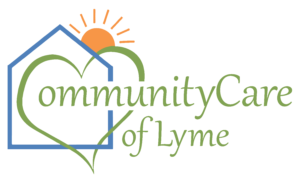


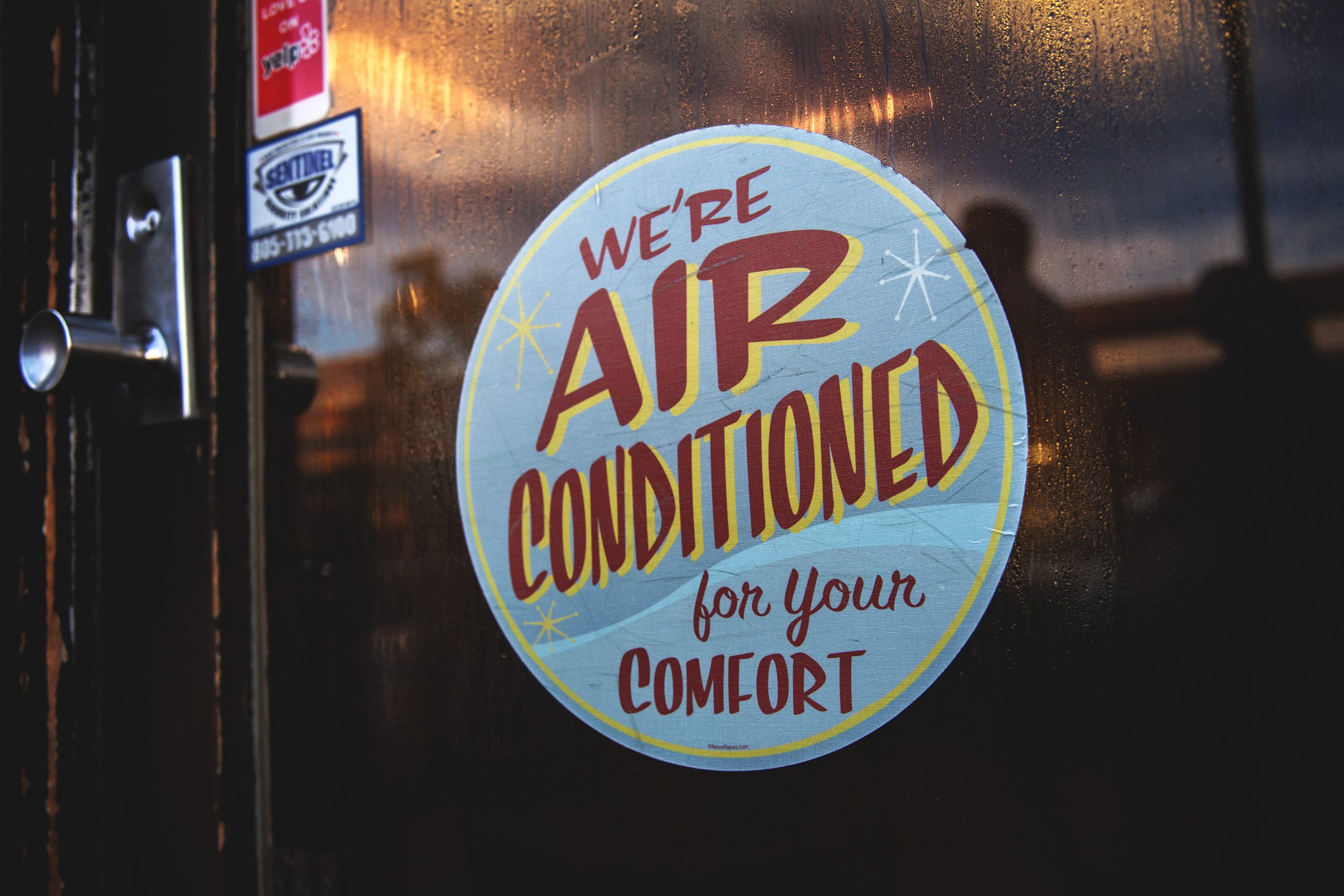
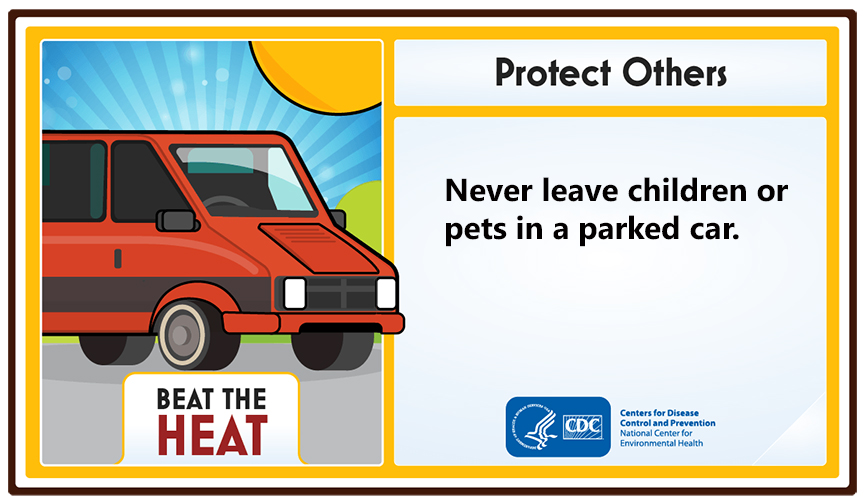
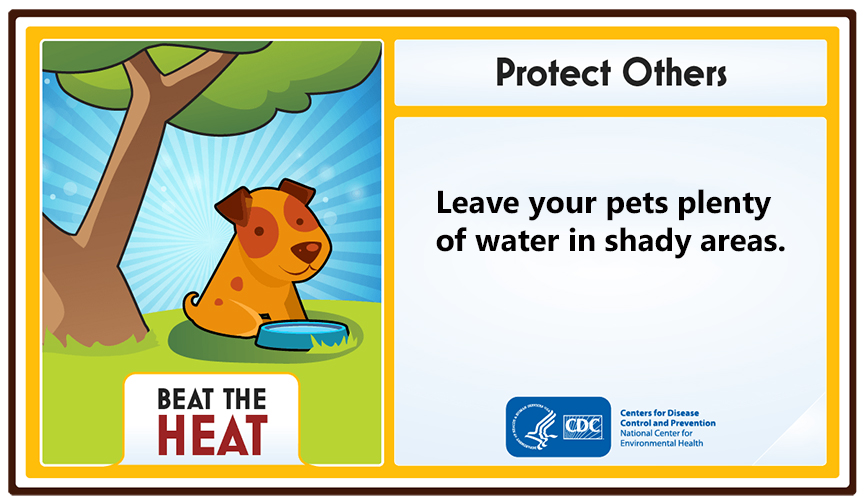
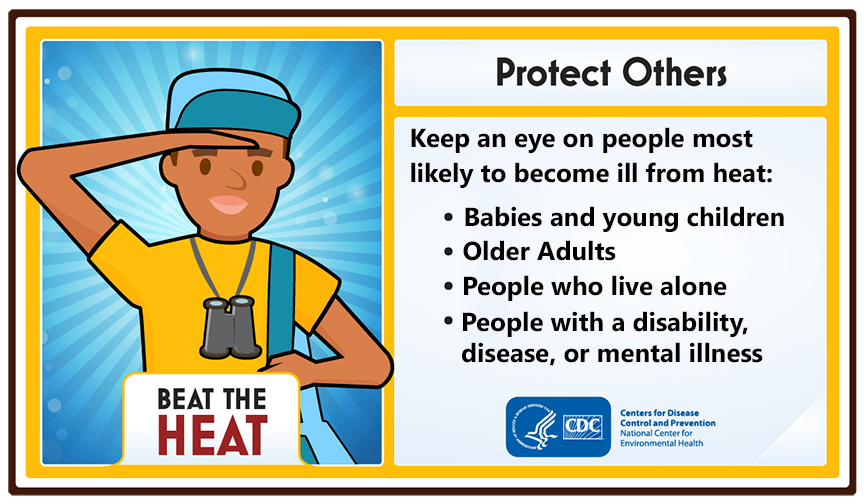
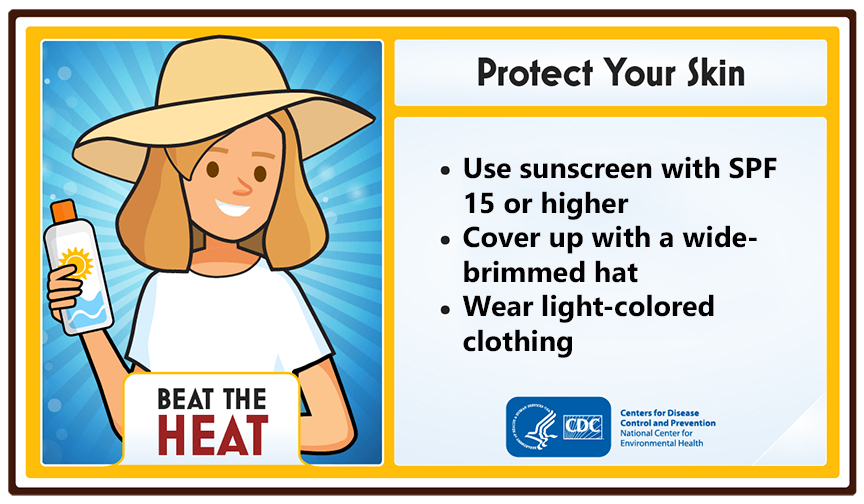
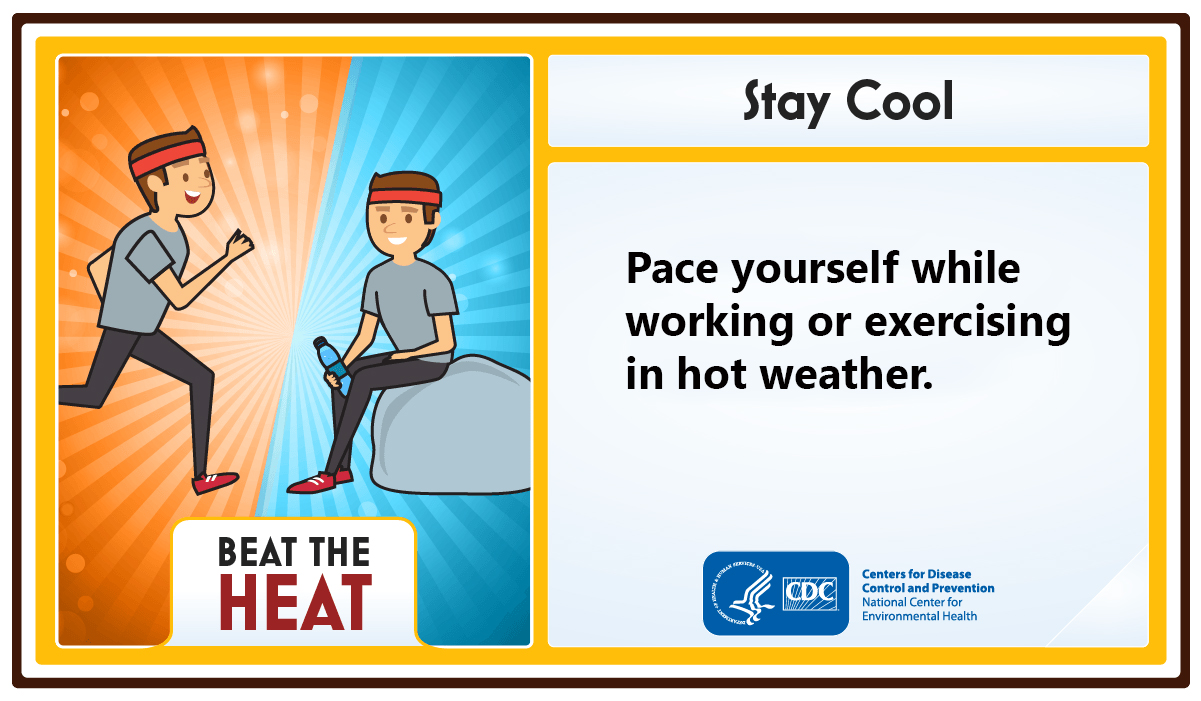
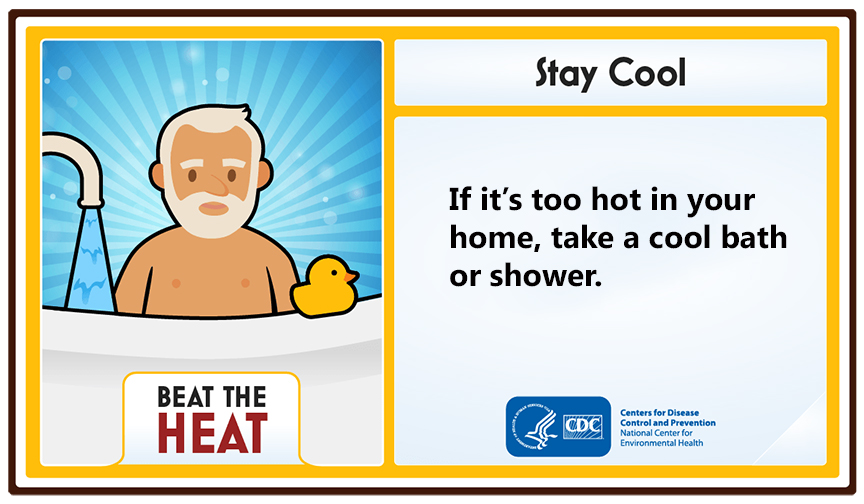
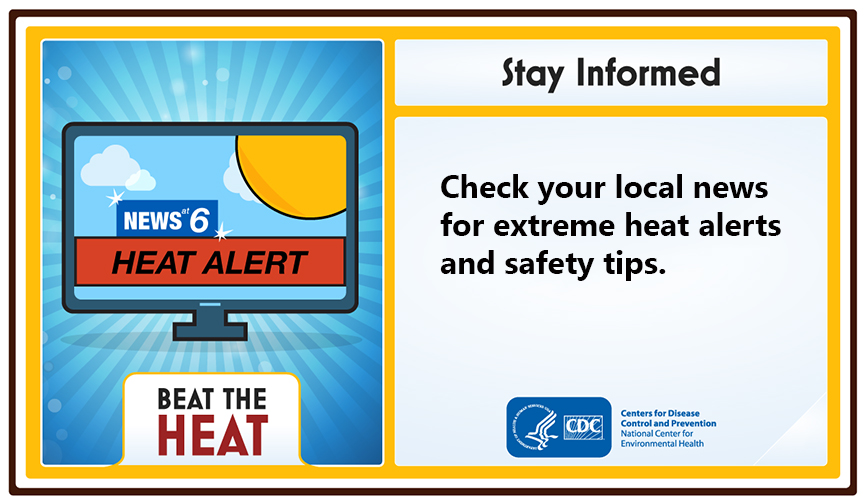
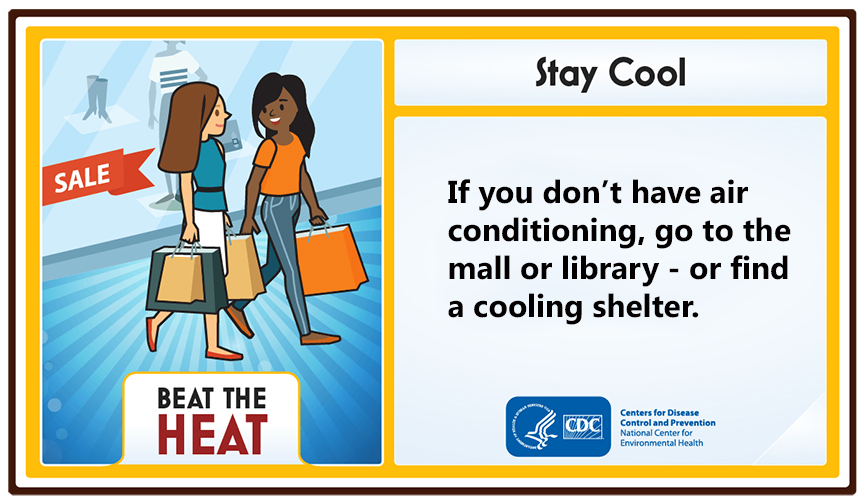



Leave A Comment